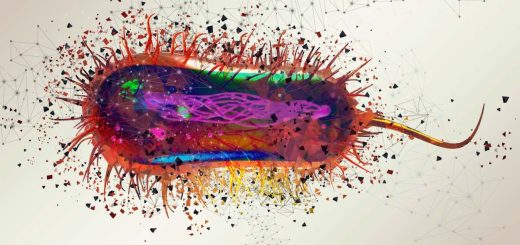Ancient bacteria genome reconstructed from Neanderthal tooth gunk
Researchers pieced together the genomes of two unknown species of green sulphur bacteria from DNA fragments found in ancient calcified tooth plaque
By James Dinneen
4 May 2023
Calcified tooth tartar preserved DNA for millennia
Werner Siemens Foundation, Felix Wey
Microbial DNA preserved in the teeth of ancient humans and Neanderthals has been used to reconstruct molecules produced by ancient bacteria. The approach could help us discover new antibiotics or other useful molecules in microbes that may have gone extinct thousands of years ago.
The search for unknown microbes might normally send researchers to tropical islands or hydrothermal vents. Pierre Stallforth at Friedrich Schiller University Jena in Germany and his colleagues went hunting back in time. They looked to the microbial DNA preserved in the calcified tooth plaque from 34 ancient humans and 12 Neanderthals, including one that was 102,000 years old.
The ancient DNA came fragmented in millions of short, often degraded, sequences. Assembling these into sufficiently complete genomes is a “multidimensional jigsaw puzzle”, says Stallforth.
Advertisement
From nine of the specimens, the researchers were able to piece together high-quality genomes of two unknown species of green sulphur bacteria from the genus Chlorobium. The species might be unknown because living specimens hadn’t been sequenced before, or because they are now extinct, according to the researchers.
Read more:
DNA from 25,000-year-old tooth pendant reveals woman who wore it
Chlorobium species aren’t usually part of the oral microbiome, so Stallforth says they suspect the bacteria ended up in the specimens’ mouths via contaminated drinking water.


